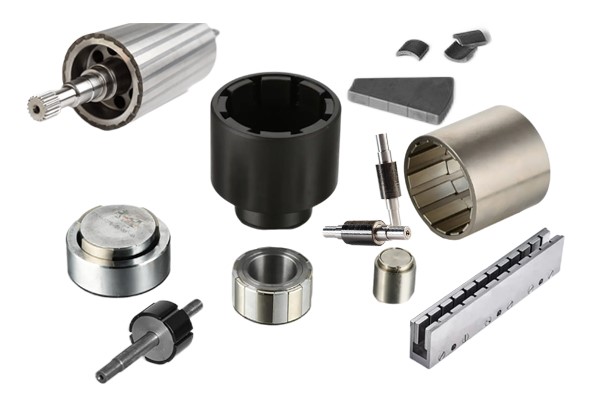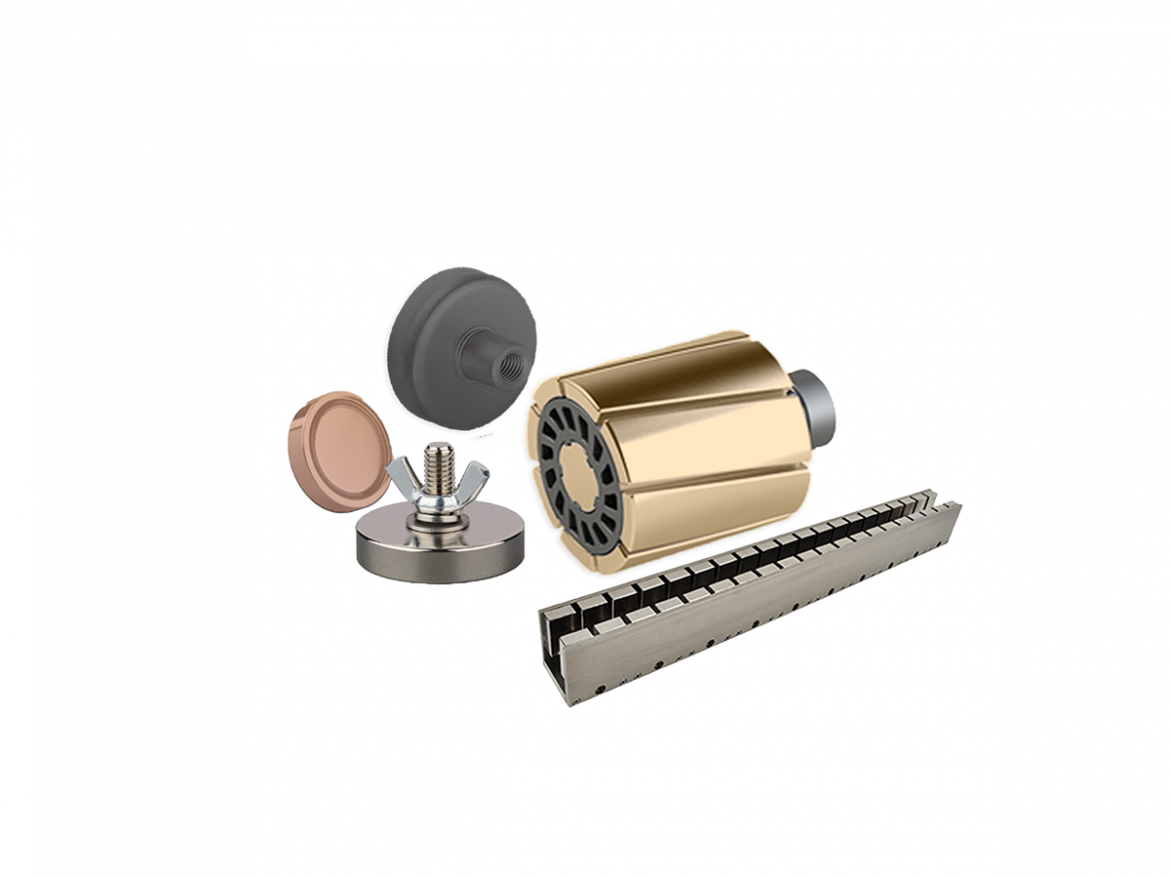Halbach Arrays 101: Understanding the Basics of Magnetic Engineering
Magnetism has long been a captivating force in the world of physics and engineering, and Halbach Arrays stands out as a remarkable innovation in the realm of magnetic design. In this blog post, we embark on a journey into the basics of Halbach Arrays, unraveling the mysteries behind their unique magnetic properties and exploring their diverse applications.

What is a Halbach Array?
At its core, a Halbach Array is a specific arrangement of magnets that creates a unique and asymmetric magnetic field. Named after physicist Klaus Halbach, who pioneered their design in the 1980s, these arrays exhibit extraordinary magnetic characteristics that set them apart from traditional magnetic configurations.
The Halbach Configuration: A Closer Look
The key feature of a Halbach Array is its spatial arrangement of magnets. In a typical Halbach configuration, magnets are aligned in such a way that the magnetic field is significantly enhanced on one side while being cancelled out or minimized on the other. This results in a powerful and directed magnetic flux, offering advantages in various applications.
How Halbach Arrays Work
Halbach Arrays achieve their distinctive magnetic pattern by arranging individual magnets in a specific sequence. The orientation and placement of each magnet contribute to the overall magnetic effect, creating a focused and intensified magnetic field on one side. This precision in magnetic control opens the door to innovative solutions in diverse fields.
Applications of Halbach Arrays
Halbach Arrays find applications in an array of industries, ranging from physics experiments to engineering marvels. Some notable applications include magnetic levitation systems, particle accelerators, high-performance motors, and even cutting-edge technologies like magnetic resonance imaging (MRI) devices.
Advantages of Halbach Arrays
Understanding the basics of Halbach Arrays involves recognizing their distinct advantages. These include enhanced magnetic strength on one side, improved energy efficiency in certain applications, and the ability to create magnetic fields tailored to specific requirements. These advantages make Halbach Arrays a compelling choice for engineers seeking precise control over magnetic forces.
Challenges and Considerations
While Halbach Arrays offer numerous benefits, it’s essential to acknowledge the challenges and considerations involved in their design and implementation. Issues such as cost, complexity, and careful alignment requirements may influence their suitability for certain projects.
Looking to the Future
As magnetic engineering continues to advance, Halbach Arrays represent a fascinating frontier with ongoing research and development. Innovations in materials and manufacturing techniques may further propel the adoption of Halbach Arrays in a broader range of applications.
Conclusion
In this Halbach Arrays 101 exploration, we’ve scratched the surface of the intriguing world of magnetic engineering. Whether you’re an engineer, a physicist, or simply a curious mind, understanding the basics of Halbach Arrays opens the door to a realm where magnetic forces can be harnessed and directed with unprecedented precision. Stay tuned for more insights into the evolving landscape of magnetic technology and its transformative potential.
